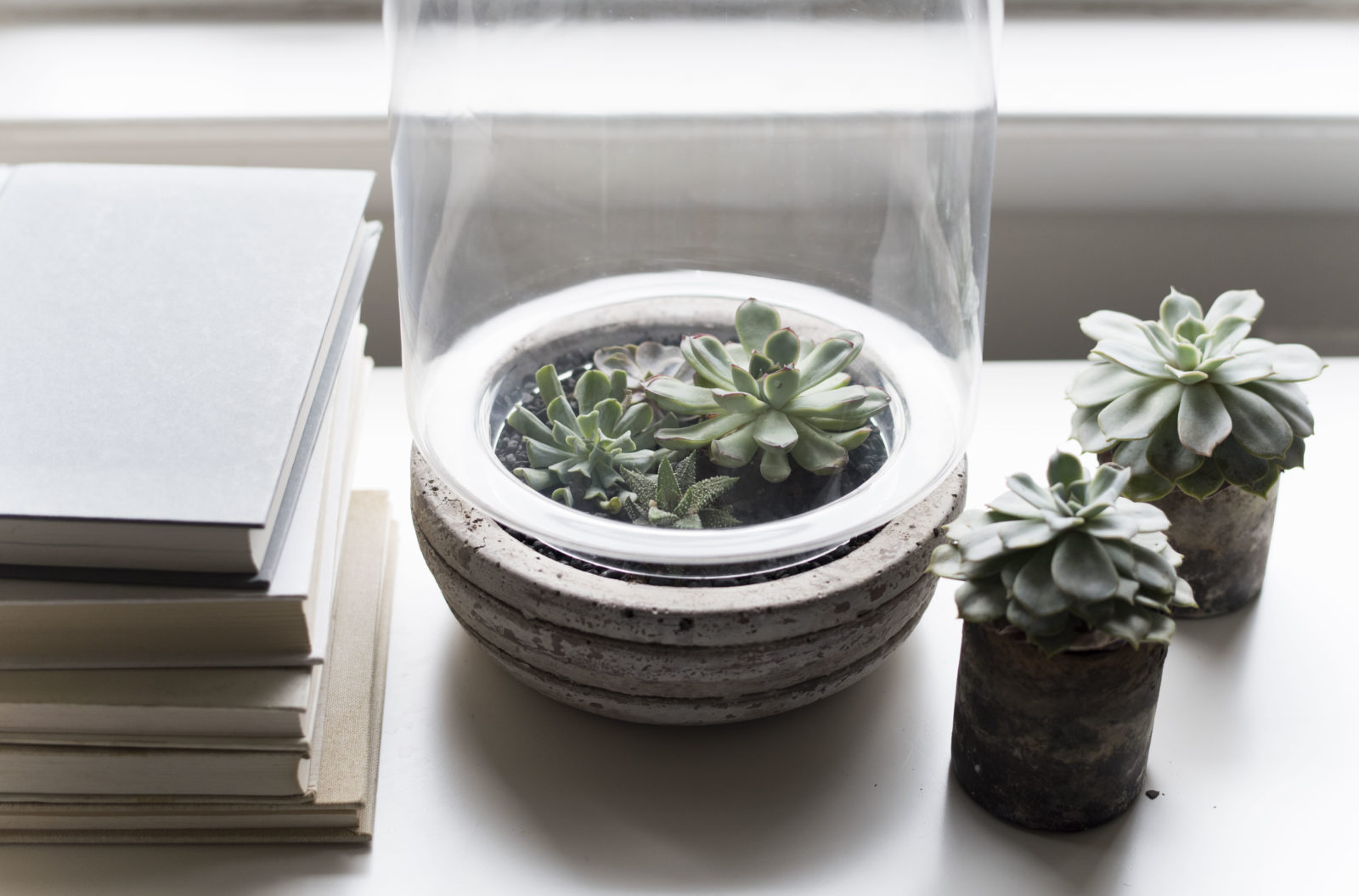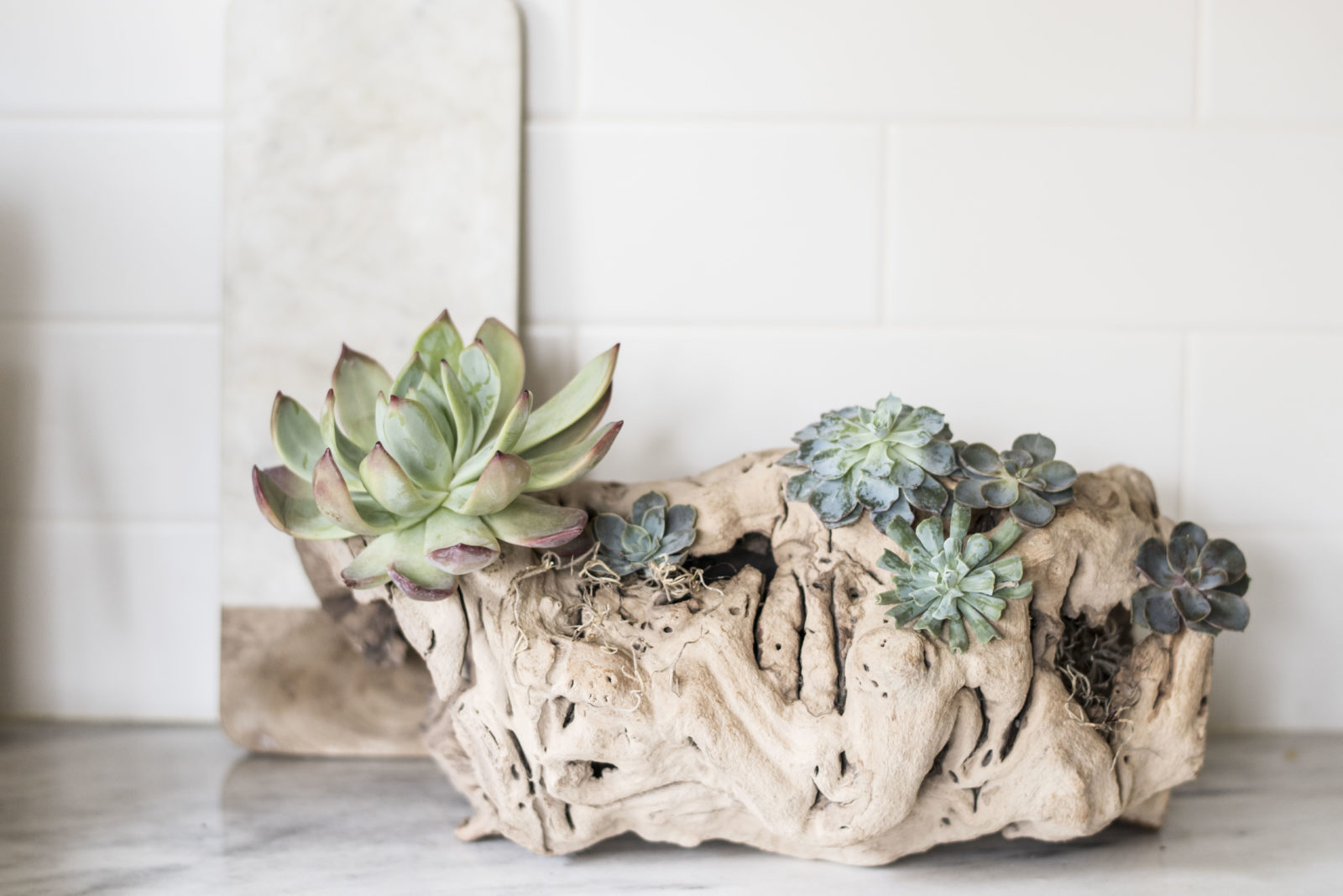A Guide to Succulents (the Plants Made for Texas)
That old Texas truism — “If you don’t like the weather, wait five minutes” — can be a real headache for Texas gardeners. Plant too early, and you risk the rogue late frost. Plant too late, and your growing garden may be blasted with the unbearable heat of summer. It’s no wonder that in recent years succulents have become so popular in Texas homes.
Succulents are beautiful little creatures that thrive in the dry Texas climate. They’re amazingly low-maintenance and impossibly good-looking, whether sprucing up an apartment balcony or kitchen windowsill, or adding subtlety to a native garden.
A paradoxical plant, succulents are delicate and petite yet resilient and hardy. Many varietals are able to withstand Texas’ temperamental ice storms, extreme heat, and sharp fluctuations in weather. That makes them the perfect way to brighten up your home during the winter.
Soil
Tending to succulents is easy, but when planting it’s important to use a shallow container (no deeper than 10–12 inches) with drainage. This way, if you keep your plants outdoors, they can be brought inside during cold snaps. Succulents will root well in ordinary potting mix, though some nurseries carry succulent- and cactus-specific soils.
Water
Succulents do well with little watering, which is a big reason why they are so easy to care for. In fact, overwatering is one of the biggest threats to the little guys. To determine whether your plant needs watering, stick your finger in the soil. If the soil feels dry down to an inch below the surface, it is time to water. You can keep the soil drier in winter, when succulents drink less. When you water, add a few drops of fertilizer; horticulturists recommend fertilizer with a nitrogen, phosphorous, and potassium ratio of around 2–7–7.
Sun
Some succulents prefer partial or full shade over direct sunlight. If the leaves are getting blotchy or spotted after time in the sun, your little plants are telling you it’s time to move them inside or into a shadier spot.

Terrariums
Fill your indoor gardens or bowls with delicate miniature succulent types that look like miniature trees or fairy shrubs. Favorites include the bluish-gray Graptosedum, commonly known as “Vera Higgins,” and Graptopetalum paraguayense, commonly “Hens and Chicks,” which has white, spring-blooming flowers.
Gardens
Larger, cactuslike varieties with thick, fleshy leaves and the Opuntia cacanapa, commonly “Ellisiana,” which resembles the prickly pear, look great in potted arrays or in small garden beds.

Sharing
Finally, share the love. Succulents are incredibly easy to propagate. Stem or leaf cuttings root within only a few weeks of transplanting. Once your succulent garden is healthy and thriving, take a few clippings to a friend’s house, pour a cup of tea, and help nestle your favorite plants into a new home.
For further winter gardening knowledge, take a look at these tips for taking care of your plants indoors.
© 2018 Texas Farm Bureau Insurance



